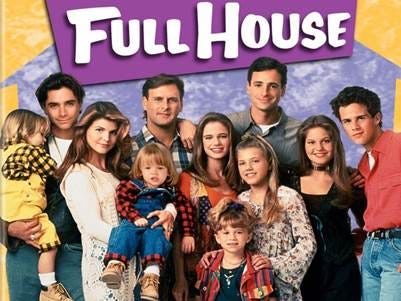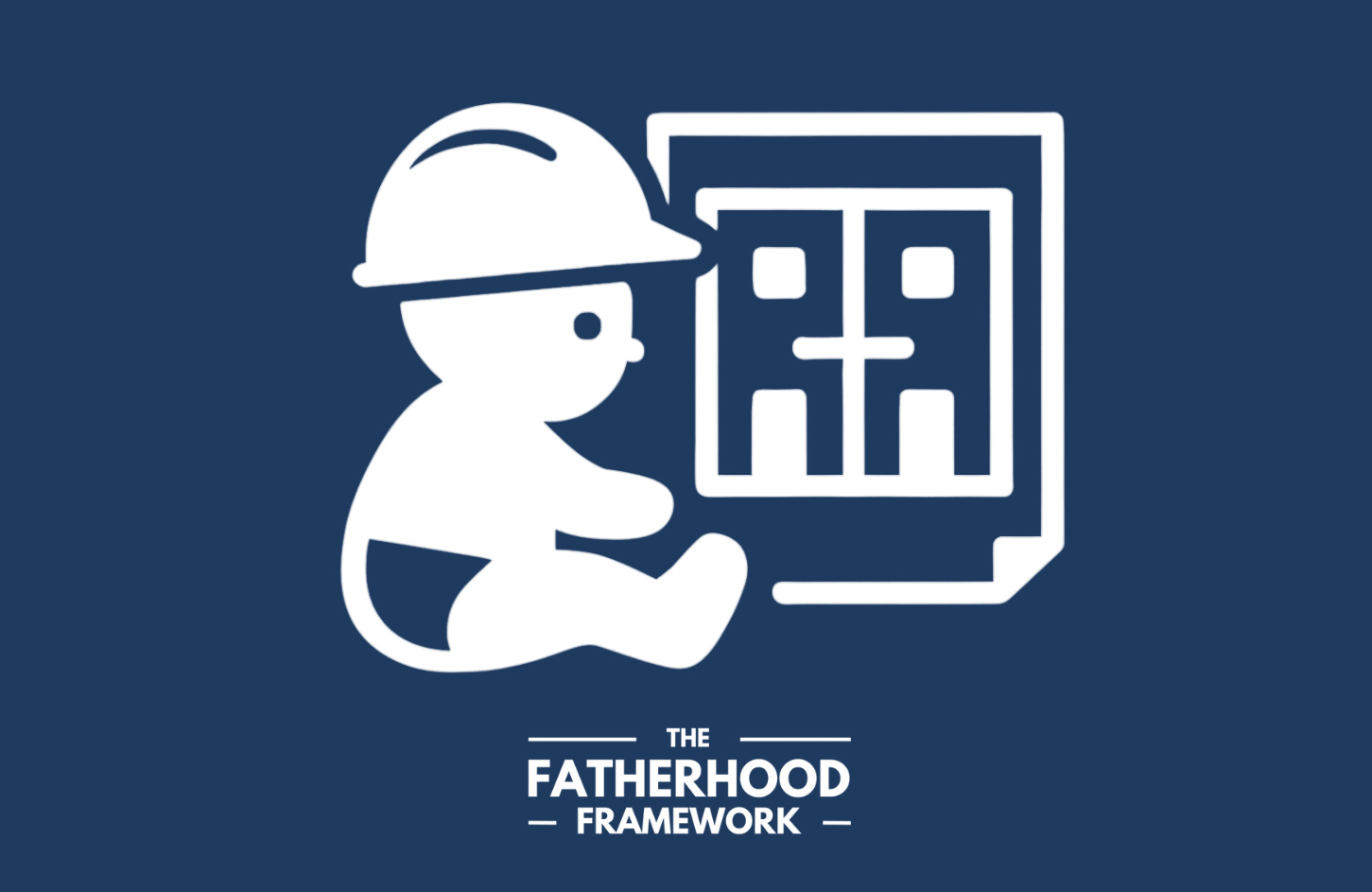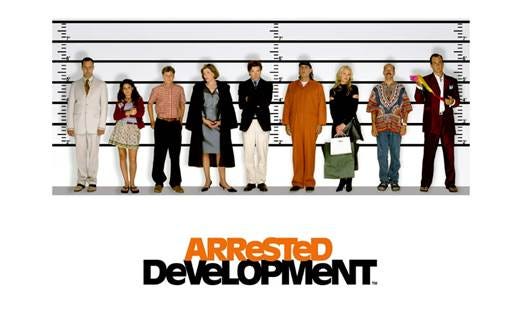All Together Now: Build More Multigenerational Homes
Rising costs and shrinking options are forcing families to rethink living apart
For many young families today, the path to homeownership isn’t just steep - it’s locked them out. Mortgage rates have nearly doubled since 2020. Home prices are still at all time highs. And housing inventory remains frustratingly low. What was once a standard milestone - buying a home, building equity, settling down - now feels out of reach for all but the very fortunate.
Many are renting longer than they ever planned. Others are delaying marriage, children, and other milestones just to chase financial stability. Plenty are being forced to move far from support networks to find housing they can reasonably afford.
But for some families, there’s another path - one that’s been around far longer than the modern housing market. Multigenerational living is making a quiet comeback. And in today’s economy, it may be one of the smartest, most resilient choices a family can make.
A Model We’ve Forgotten, But Never Fully Left Behind
For much of American history, different generations of families living under the same roof wasn’t a trend - it was the norm. Parents, grandparents, and children shared homes. The older generation helped raise the younger. The younger cared for the aging. Everyone contributed. It wasn’t just about economics – though it definitely played a role - it was about connection, support, and a way of life that offered built-in resilience.

That began to change after World War II. The rise of suburbia and the ideal of the nuclear family pushed extended households to the margins. Privacy was prized. Independence became the goal. By 1980, only 12 percent of Americans lived in multigenerational households.
But that number has steadily climbed back up. As of 2021, nearly one in four Americans lives in a home with at least two adult generations. Some do it to care for aging parents. Others need help with childcare. Many simply can’t afford to live any other way. But whatever the reason, families are rediscovering that living together still works - and sometimes works best.
A Real Family Making It Work
A few months ago, my wife and I signed up to bring dinner to a family we know from church. They had just welcomed their fourth child - a baby girl - and were navigating the joyful chaos that comes with a newborn. I expected a quick drop-off. Instead, the moment the front door opened, the picture shifted.
I was greeted not by the parents, but by the baby’s grandparents. They welcomed me warmly, and as I stepped inside, the house came into focus. The living room held four couches. The kitchen had three full-sized refrigerators. The space wasn’t massive - but it was clearly doing more than the average house.
What was built for a nuclear family was now home to eight people across three generations. And it worked. The baby had round-the-clock care. The older kids had help with school and play. The parents had backup. Everyone was stretched, but no one was alone. The home had been quietly transformed into something more adaptive, more communal, and more sustainable.
The Trade-Offs - and the Upside
That kind of setup reflects what’s becoming more common across the country. The benefits are clear: pooled income, shared chores, built-in childcare, and emotional support that’s hard to replicate outside of family. Grandparents stay engaged. Parents get relief. Kids grow up surrounded by more adults who love and look out for them.
But it isn’t effortless. Living across generations means negotiating boundaries constantly - who’s cooking, who’s working, who needs quiet, who’s paying what. Most homes weren’t built for this kind of use, and many families stretch spaces never meant to hold that much life. The emotional dynamics can be just as complex as the logistics.
Still, in a housing landscape where the alternative is often financial strain or total burnout, many families are deciding the trade-offs are worth it. They’re not waiting for perfect conditions - they’re adapting in real time, together.
The System Isn’t Built for This - But It Could Be
One of the biggest hurdles to multigenerational living isn’t personal - it’s structural. Most American homes are designed for a nuclear family: one kitchen, one living room, shared bathrooms, minimal privacy. When families want to live together, the architecture itself becomes the first obstacle.
Zoning laws often make it hard to add accessory units or convert a garage into a living space. Mortgage lenders tend to underwrite loans based on a single household income, even when multiple earners will live in the home. And tax systems often treat extended households the same as a family of four - missing the economic and social complexity at play.
This isn’t about nostalgia. It’s about aligning policy and design with the way people actually live today. Some cities are starting to get it. But change is slow, and in the meantime, families are doing what they’ve always done - figuring it out on their own.
Expanding the Blueprint
If we’re serious about solving the housing crunch - for all types of families - we need to expand what’s allowed, what’s built, and what’s supported. That starts with more housing. Cities and states can relax zoning to allow for duplexes, triplexes, and accessory dwelling units. We also need incentives for builders to focus on different types of housing, not just high-end developments.
Just as importantly, we need homes designed for how people actually live. Think in-law suites, flexible layouts, separate entrances, shared but functional kitchens. Financing make joint mortgages more accessible when multiple generations buy together.
These aren’t fringe ideas - they’re already happening across the political spectrum. In California, state legislation has removed many local barriers to building Accessory Dwelling Units (ADUs), allowing homeowners to add backyard cottages or garage apartments more easily. This makes it possible for adult children or aging parents to live independently but nearby - something that’s becoming increasingly important in high-cost areas.

Meanwhile, in Texas, a different strategy is creating space for multigenerational living: fewer zoning restrictions. Cities like Houston, in particular, have long operated without traditional single-use zoning, making it easier to build a wide variety of housing types on the same block - duplexes, triplexes, backyard units, and more. This flexibility has enabled steady construction across income levels and is steadily building back towards families being able to live near - or with - each other, even in high-cost areas like Austin where demand is surging.
Different approaches. Same underlying goal: give families more tools to live how they want, not just how the current system allows.
One Size Doesn’t Fit Anyone
Multigenerational living isn’t a silver bullet. It won’t work for every family, and it shouldn’t have to. For some, single-family living is the best fit - offering independence, privacy, and space to breathe. That option still has value and will remain part of the landscape.
But the key is choice. The goal isn’t to declare one way of living superior - it’s to make room for multiple ways to live well. Whether that means separate homes in the same neighborhood or everyone under one roof with four couches and three fridges, families should have the ability to build lives that reflect their needs and what works.







Freedom comes at a cost but that cost should not be so heavy that freedom becomes a burden. 'Live independently but nearby' is the trend followed by my peers. For those living in cities with a huge population and a rising cost of living, and wanting freedom, this is the middle path -- Nuclear families living closeby in apartments.